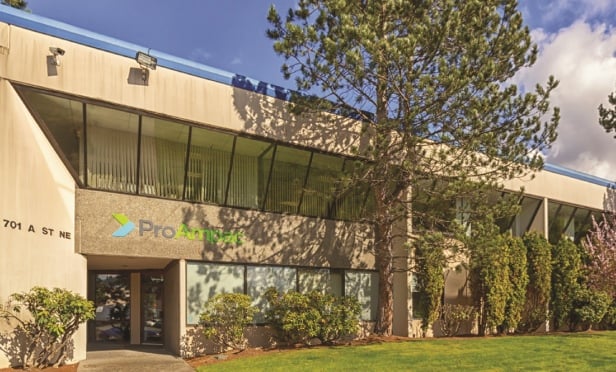ATLANTA—Mike Sivewright, JLL's Atlanta market director, isn't spending too much time looking back on Atlanta's office market recovery. That's because he's too busy looking at the growth. As he sees is, Atlanta's office market is not recovering—it's expanding.
GlobeSt.com caught up with Sivewright to take a deeper look at Atlanta's office market, analyze the growth, and explore the hot submarkets in part one of this exclusive interview. Be sure to come back to this afternoon's Southeast edition for part two, in which he will discuss speculative development, and the future of retail in Atlanta.
GlobeSt.com: Broadly speaking, how did 2014 unfold for Atlanta's commercial real estate markets—which ones performed well, and did any of them continue to struggle in the aftermath of the recession?
Sivewright: Multifamily, of course, has excelled for several years now, but the other commercial asset classes in Atlanta—retail, industrial and office—are moving out of recovery and into expansionary phases as well. Broadly speaking, higher-end, well-located, Class A space is where we're seeing tenant demand, but we're also beginning to see tightening in other types of space too.
GlobeSt.com: Let's take a deeper look at Atlanta's recovering office market. Are we still recovering or is the market actually growing now?
Sivewright: I would argue that Atlanta's office market has moved out of its recovery phase and is firmly in an expansionary one. We lost about 66,000 office-using jobs during the recession, but we've gained all of those back—plus another 57,000.
You can really get a sense of the rising demand—which is being fueled by firms in the professional and business services, financial, and technology industries—by looking at rent appreciation. Atlanta is not known for noticeable rent growth, but the metro area saw its average class A asking rent spike by 5.2% in 2014.
It's important to emphasize that this isn't the result of expensive new inventory artificially pushing the average up. Instead, bullish landlords of existing buildings are capitalizing on the area's recent supply-demand imbalance, which means rates are growing organically.
GlobeSt.com: Which submarkets are experiencing the strongest demand, and what kinds of tenants are fueling that demand?
Sivewright: The Central Perimeter and Buckhead submarkets are the ones experiencing the strongest demand. The average Class A asking rent grew by 9.3% and 6.9%, respectively, in those two submarkets in 2014 on a year-over-year basis. When you look at tenants who have requirements out in the market, both the Midtown and Northwest submarkets are showing fairly well in those terms.
GlobeSt.com: What is the outlook for new construction?
Sivewright: As for new construction, the outlook is muted. Tishman Speyer has of course broken ground on Three Alliance Center, a 30-story speculative building in Buckhead that marks the city's first new office tower in eight years. But developers and lenders are going to be smart, and they're going to be restrained. Any office project that is announced over the next 12 months is going to have a strong story to it, meaning it's on a transit-oriented site and/or has a mixed-use component to it.
© Touchpoint Markets, All Rights Reserved. Request academic re-use from www.copyright.com. All other uses, submit a request to [email protected]. For more inforrmation visit Asset & Logo Licensing.






